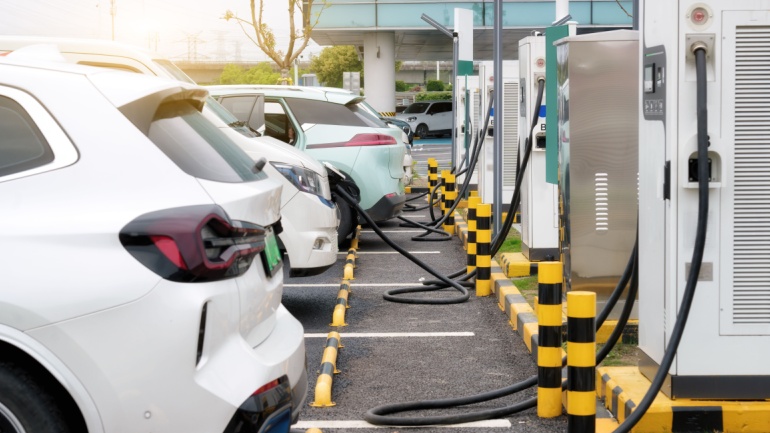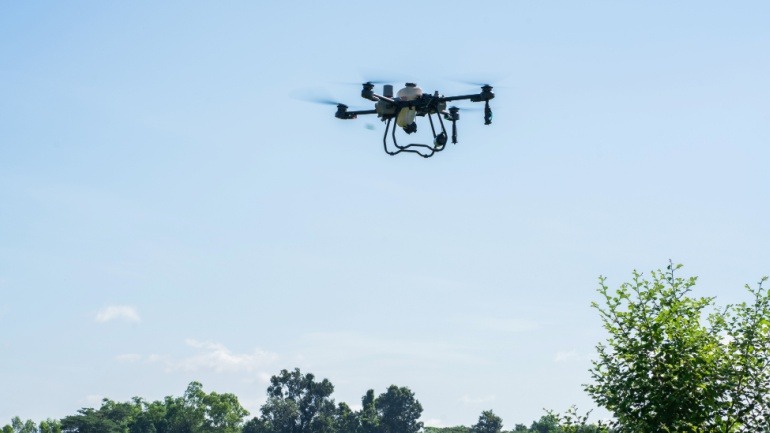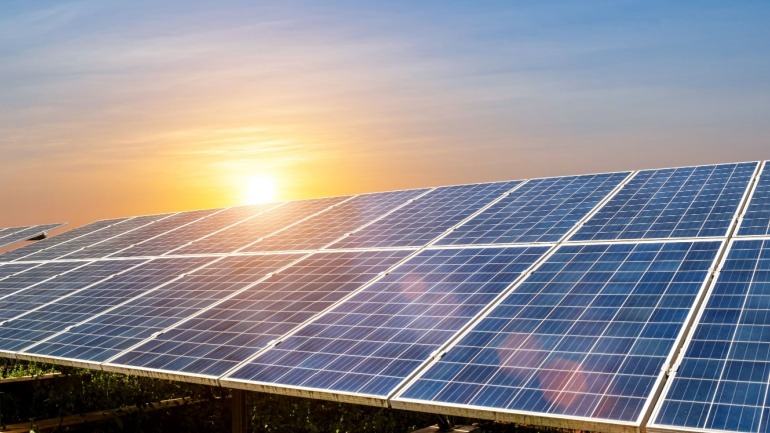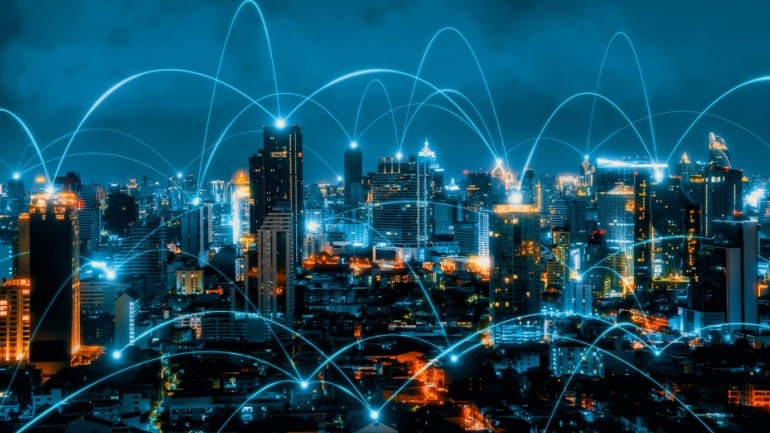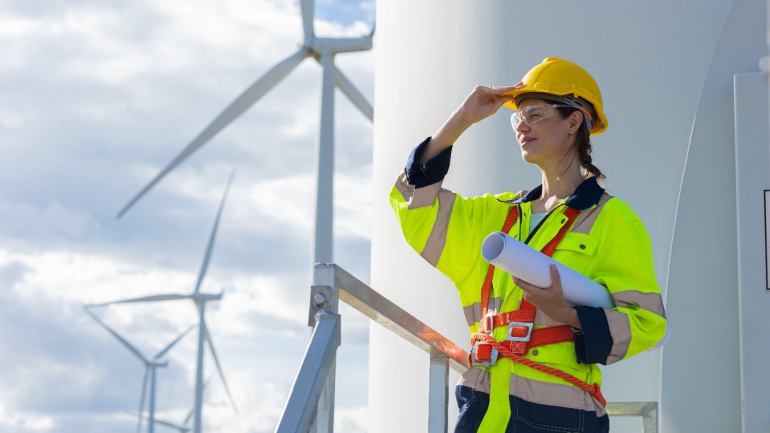BT has secured a five-year partnership with DEFRA to connect 34,000 workers and devices across the UK. Using EE’s mobile network and the Shared Rural Network, the project enhances safety, monitors the environment, and supports carbon reduction, helping DEFRA predict weather events and prevent critical incidents in rural areas.
The introduction of the virtual phone system has resulted in a massive leap forward for business communications. For many years, the hardware telephony system, primarily the on-premise Private Branch Exchange (PBX), was the gold standard for handling phone calls. These systems, while effective in the past, come with the disadvantages of significant hardware costs, complex setups, limited capabilities, and burdensome maintenance requirements. The combination of VoIP and the virtual phone system has taken business communications by storm, and the relevance and practicality of traditional PBX hardware has come under intense scrutiny. This inflexible system is reliant on unwieldy physical infrastructure and is rapidly being replaced by agile, cloud-based solutions that offer cost savings, flexibility, scalability and increased productivity. In this article, we will explore the major advantages of virtual phone systems over legacy platforms. This comparison will clearly illustrate why so many businesses are ditching their hardware, moving to cloud…
BT Group has placed the UK’s largest EV order, adding 3,500 electric vehicles to its fleet of over 27,000. Aiming for 8,000 EVs by 2026, this move aligns with its net-zero goal by 2031.
Nokia and Motorola Solutions have launched a groundbreaking 4G/5G drone solution to bolster public safety and industry operations. Integrating advanced hardware and software, this innovative system supports first responders and critical industries.
Ericsson extends its partnership with Bharti Airtel to revamp its telecom network with cutting-edge 4G and 5G Radio Access Network (RAN) technologies. This collaboration enhances Airtel’s coverage and capacity, promising superior speed and reliability.
Equinix boosts its renewable energy portfolio with a new power purchase agreement (PPA) with Sembcorp Power. This strategic move secures 58.5 MWp of solar energy in Singapore, advancing the commitment to sustainability.
Nokia strengthens its ties with Bharti Airtel through a multi-year agreement to enhance India’s 4G and 5G network. Utilizing Nokia’s innovative 5G AirScale portfolio and ReefShark technology, the collaboration seeks to modernize networks, improve data capacity, and promote sustainable telecom solutions.
Nokia has inked a pivotal deal with Chunghwa Telecom to modernize Taiwan’s 5G network and to elevate performance with Nokia’s advanced 5G solutions. This collaboration includes the deployment of AI-driven MantaRay solutions, promising enhanced efficiency and energy savings, marking a transformative phase in 5G-Advanced progression.
VoIP technology is revolutionizing telecommunications, and the partnership between Ericsson and Chunghwa Telecom is a testament to this transformation. This collaboration enhances Taiwan’s 5G infrastructure, integrating advanced VoIP solutions to boost efficiency and sustainability.
Amazon has achieved its 100% renewable energy goal seven years ahead of schedule, powering all its operations with sustainable energy. Recognized by Bloomberg NEF as the largest corporate buyer of renewable energy, Amazon has invested in over 500 solar and wind projects worldwide. This commitment significantly advances global sustainability initiatives.





